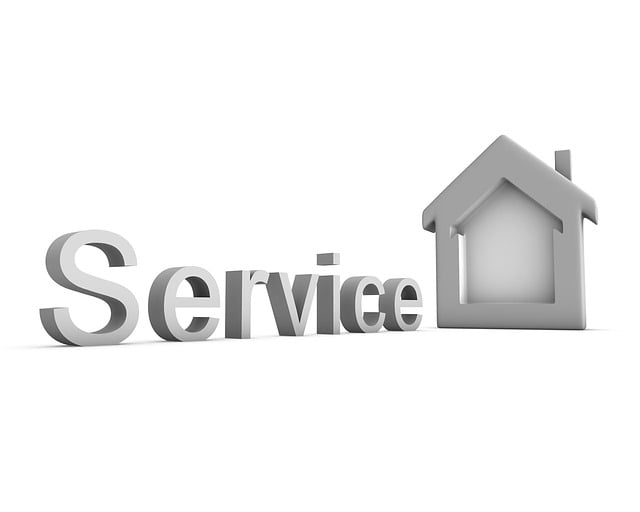As the landscape of elderly care evolves, families are often left navigating the complex terrain of selecting a good housing service for their aging loved ones. With the many options available, identifying the right fit becomes a task that requires not just attention but also empathy and understanding. In this article, we explore the ‘green flags’ to look for when embarking on this journey, ensuring your loved one receives the care and respect they deserve in their later years.
A Welcoming Atmosphere
First impressions matter. When visiting potential housing services, observe the atmosphere. Is it welcoming warm, and does it have a sense of community? A positive environment is crucial for the mental and emotional well-being of residents. Look for places with a homely feel, where staff interact with residents in a friendly and respectful manner.
Responsive and Compassionate Staff
The demeanor of the staff is a crucial indicator. They should be not only professionally competent but also compassionate and responsive. Interact with staff members and notice how they engage with current residents. Do they listen attentively? Are they patient and accommodating? A dedicated staff signifies a service where your loved one’s needs will be attentively and lovingly met.
Personalized Care Plans
Each elderly individual has unique needs and preferences. Green flags include housing services that offer personalized care plans. These plans should be tailored to individual health requirements, lifestyle preferences, and social needs. This bespoke approach ensures that your loved one will receive care that is not just adequate but enriching.
Active Engagement and Social Opportunities
Social engagement is vital for the elderly to feel connected and valued. Look for housing services that offer a range of activities – from group exercises to art classes and cultural events. Active participation in such activities promotes not only physical health but also mental and emotional well-being.
Transparent Communication
Open lines of communication between the service providers and families are a must. This transparency builds trust and ensures you are always informed about your loved one’s well-being. Inquire about their policies on family updates and how they handle emergencies.
Safety and Accessibility Features
Safety is paramount. The facility should have safety features like handrails, emergency call buttons, and well-lit, accessible spaces. These features provide not just safety but also promote independence among residents.
Quality of Meals and Nutrition
Nutrition plays a crucial role in the health of the elderly. Services that provide nutritious, balanced meals and cater to specific dietary needs are a positive indicator. If possible, dine at the facility to gauge meal quality and variety.
Cleanliness and Maintenance
A well-maintained and clean environment is essential. This not only ensures a pleasant living space but also reflects the overall care and attention to detail provided by the service.
Positive Reviews and Feedback
Do your homework. Research online reviews and ask for feedback from current residents or their families. Positive reviews and testimonials are strong indicators of a reputable and reliable housing service.
Healthcare Services and Support
Lastly, evaluate the healthcare support available. Are there medical professionals on-site? How does the service coordinate with external healthcare providers? A good housing service will have robust healthcare support tailored to the varying health needs of its residents.
Take Away
Selecting a suitable housing service for your loved one is a journey filled with consideration and care. It’s about finding a place where your loved one will not just live but thrive. The above green flags are guideposts to help you navigate this journey, ensuring that the service you choose aligns with the dignity, comfort, and happiness your loved one deserves.




